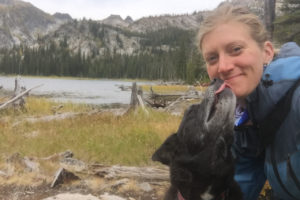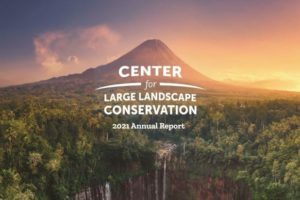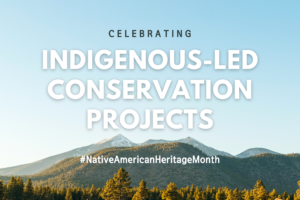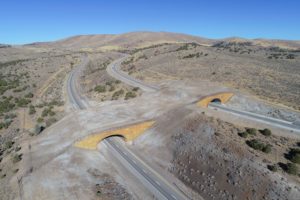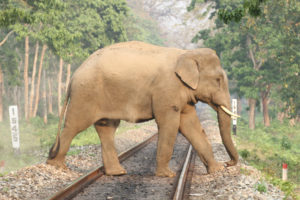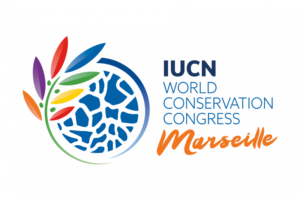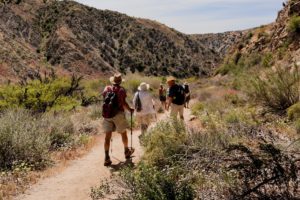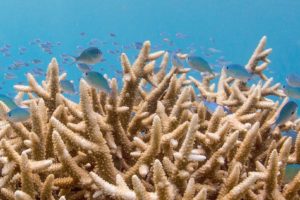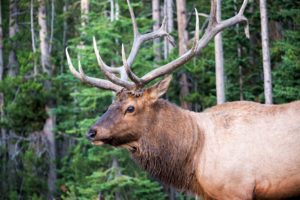The Center’s Kylie Paul Wins Emerging Conservationist Award
A Montana group that has been recognizing conservation heroes for the past several decades is honoring Kylie Paul. Kylie joined the staff of the Center for Large Landscape Conservation as a road ecologist earlier this year to advance the development and implementation of wildlife-friendly transportation policies and projects. But she has been making a positive impact on wildlife and ecosystems for many years.
